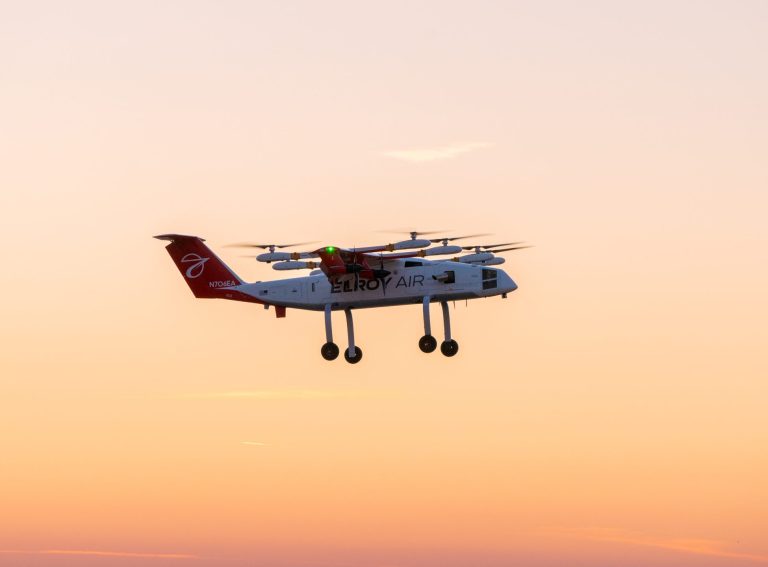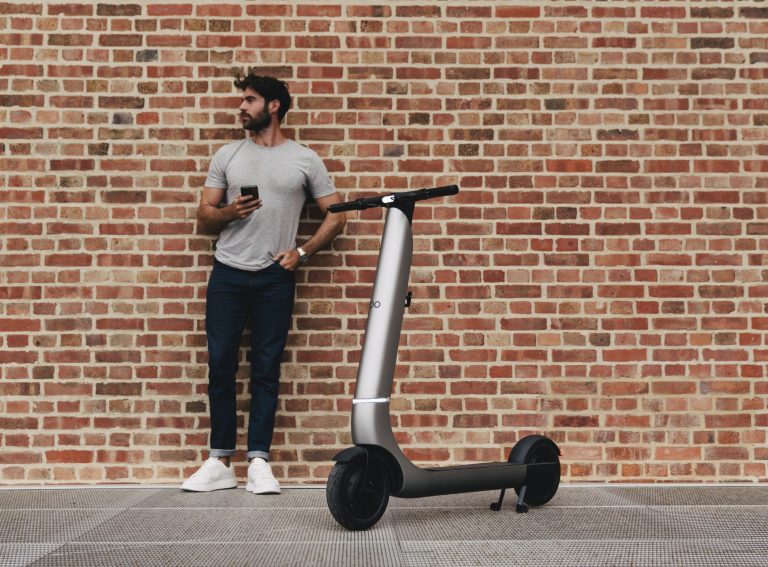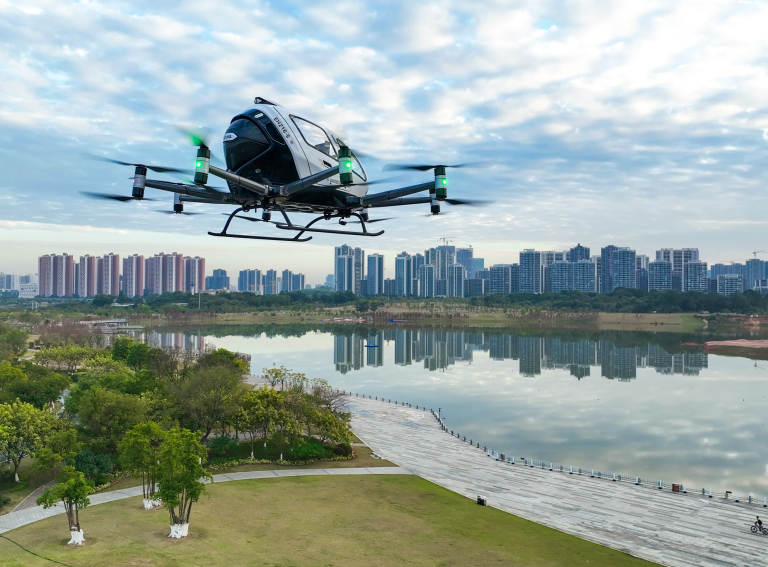If it looks like the Voi electric scooter in the photo has sprouted an additional robot-style head, it has. What you’re looking at is a prototype of the future of e-scooters.
Dublin start-up Luna Systems is working with Voi to trial a very clever bit of new kit: machine vision, mated to artificial intelligence. The system can detect pedestrians in real time, as well as whether the scooter is on a footpath, cycle lane or roadway. The pre-production pods seen in the photo have been mounted to around 100 scooters in Northampton as part of the trial but will be neatly integrated into Voi’s next-gen IoT box in the next month of so.
If the system sounds a bit like magic – actually, it isn’t. It’s very similar to driver aids found in cars, such as lane detection and tiredness monitoring. These also use a combination of cameras and AI to figure out if a driver is doing what he or she is supposed to be doing. It’s safety tech that’s been proven and that is filtering down from high-end cars to more everyday vehicles.
It’s no surprise to find, then, that Luna has been spun out of a fleet telematics company. Called Transpoco, the business has been tracking and analysing vehicles and drivers since 2004, and working on the Luna project for the past 18 months.
Transpoco’s chief exec is Andrew Fleury and he explained to Zag why now is the time for this tech to transfer to e-scooters: “If you look back to 2018 and 2019, the fire everybody was trying to put out was the durability of e-scooters. Now, everyone is trying to optimise unit economics. Next year, we think they’ll be focused on winning tenders with compliance. We’re hoping that cities will demand a higher level of technology when awarding licences.”
In very basic terms, the camera feeds a computer brain on-board the scooter, which then works out if pedestrians are present and whereabouts on the road the scooter is. The trial with Voi is to then figure out what to do with that data feed.
Fleury again: “How do you integrate it into the user experience? It could activate warning lights or sounds on the scooters. You can slow the scooter. You could charge more or less, depending on rider behaviour.” And riders won’t simply be able to cover the camera lens – the electronic brain will know that, too, and can prevent the scooter from even moving off.
There are wider benefits, too. Voi and Luna will be able to identify where and when e-scooter riders are using pavements and pedestrianised areas more, and then share this data with partner councils. This could enable nearly-overnight alterations to infrastructure to solve problems that would otherwise go undetected, such as adding pop-up cycle lanes or no-ride signage.
“In three to five years, all scooters will have this technology, even if it may not all be from us,” Fleury predicated confidently. The tech can also be transferred to e-bikes.
Luna has another trick up its sleeve, too. Its systems can introduce positioning accuracy to within a centimetre, meaning that street clutter could well be a thing of the past. This element is not being trialled right now with Voi, though the micromobility operator is keen to try it later on.
The technology is not cheap. While Fleury didn’t disclose the sum to Zag, he conceded that it would be significant in context of the cost of the scooter itself. “We know it’s expensive, but this is public transport and safety is key,” he said. “The tech should eliminate bad riding and parking. And look at the history of safety devices in cars, such as airbags and lane detection. Once volume goes up, prices come down.”
The price tag is one reason why the units haven’t been trialled yet by other providers. “We’ve been talking to everyone in the market for a long time,” Fleury confirmed. “Everyone has said it’s interesting. But turning that interest into real projects has been challenging.”
Enter the Swedish company with the pink scooters and the huge network of UK trial locations. “Voi want to have the best solution and they put their hands up,” Fleury said simply.
There’s no indication yet of how long the trial will last or when (if) Voi will take the tech to its other towns and cities in the UK. The timing, of course, is very handy for the forthcoming London e-scooter programme, which is the jewel in the e-scooter trials crown that Voi (and all its competitors) really want.
Our take
We’ve not been shy in saying that we’re not convinced current-gen GPS geofencing is the solution to anyone’s problems. It simply doesn’t react quickly, accurately or consistently enough to be useful for safety-critical situations, such as preventing riders from joining fast roads or scooting in pedestrianised areas.
To date, there haven’t been many alternatives, with the exception of Link’s clever system that has yet to be tried in anger on British streets.
The benefits of the Luna tech, with onboard cameras, seems much closer to what the industry needs. Imagine coupling this with Tier’s audio research: you’d have a scooter that could recognise pedestrians, throttle back automatically and sound a warning tone to let them know of its presence. This would safeguard and prioritise pedestrians in a way that other vehicle users simply do not.
That could all be in place by the end of this year and, if the DfT was so minded, mandated for every private e-scooter sold in this country too. The next 12 months of e-scooter development are going to be fascinating. RR



